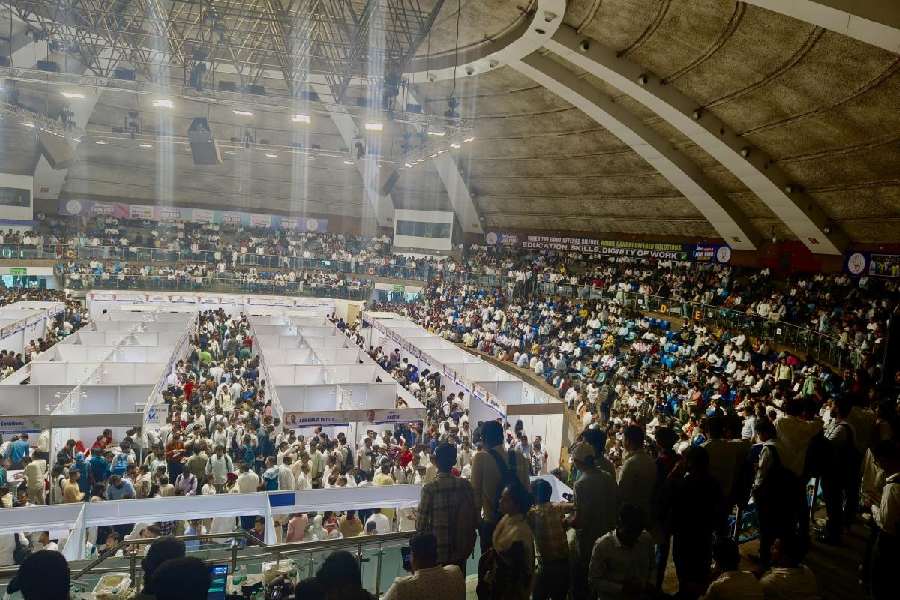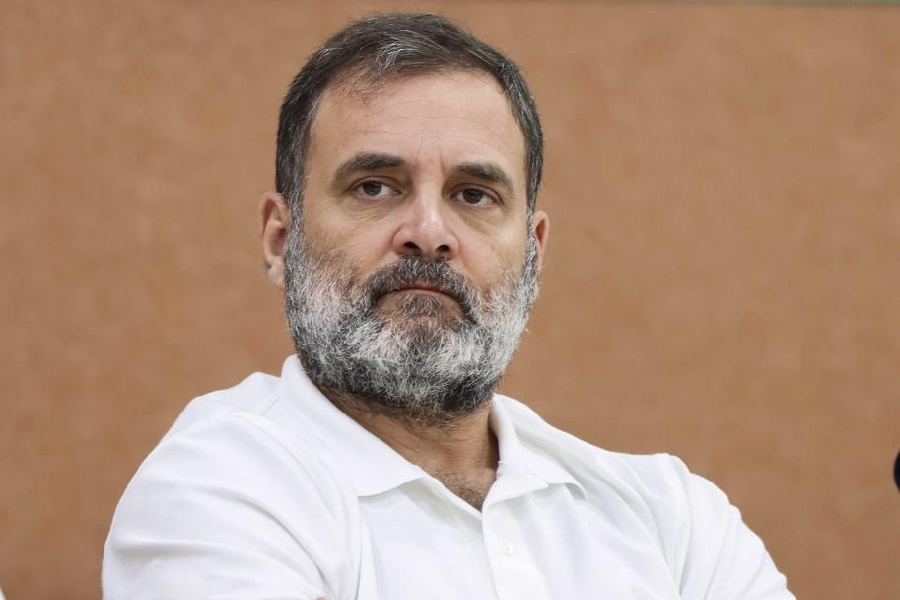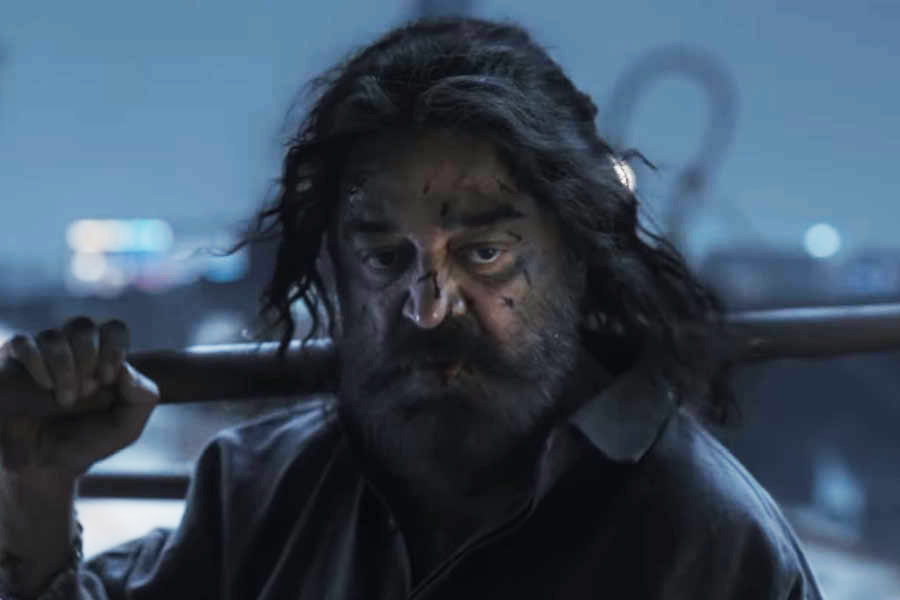Mumbai, Jan. 1: Chance led to this quaint discovery.
Priya Wacziarg, a soprano, was walking down a street in Paris, when she came across this book in a music shop. It was the original score of a French opera set in India, written in the early 20 century: The Fakir of Benares. The score was written by Leo Manuel but there was nothing else written about the piece.
But now The Fakir, resurrected for our times, will be on show in the country that inspired it. The opera, a huge Indo-French production with a 160-member cast, will be performed on January 2 and 4 at Jamshed Bhabha Theatre, Mumbai, where the orchestra pit will be put to use for the first time.
“We still don’t know who Leo Manuel was,” says Francis Wacziarg, Priya’s heritage-restorer French father, who has made India his home. “But we wanted to bring The Fakir to India.”
So the Wacziargs began work with filmmaker Muzaffar Ali, who will direct the opera and provide its costumes, while Frederic Ligier, the conductor, will wield the baton. Ligier spent considerable time fleshing out a full-fledged opera from the skeletal voice and piano scores that Priya had discovered.
The opera, which was performed in Delhi early this year, can now be called a fusion venture.
Indian elements are in place, especially contemporary Bharat Natyam and Kathak, in the choreography. The cast is French, with Priya playing the leading lady, Sundra, Frederic Poilvat as Kandour (tenor), her lover, and Jasmin Martorell as Alibeck (baritone). The Delhi Symphony Society and Orchestra provides the music.
The story is melodramatic and passionate: Sundra is an ugly girl rejected by society, but one who longs for love. She meets Kandour, a handsome man who also needs a friend because he is blind.
Kandour wants to see Sundra, which becomes possible with the arrival of the fakir who can cure blindness. In the moment of Kandour’s vision, Sundra is also blessed with beauty.
As the characters’ unlikely names suggest, the writer of the score had probably not visited India. “There are suggestions that the writer was probably a nobleman who used a pseudonym or a woman who hid behind a male name,” says Wacziarg. But it was quite a trend around the end of 19th century to set operas in exotic Indian climes, so the writer was doing nothing extraordinary, he adds.
“Maybe he visited the country. Or maybe, just read or heard about India,” says Wacziarg.
He says the original story was written by Michel Carre and points out two similar operas from the same period: King of Lahore by Massenet and Lakme by Delibes.
“We plan to bring these operas to India too,” Wacziarg adds.
So, Mumbaikars are polishing their opera glasses or actually buying them, since this will be the city’s first opera in almost two decades. But will there be enough viewers?
“Indians are changing. After they started travelling around the world, they have woken up to Western classical music. Parents are buying pianos like never before for their children, even in Delhi,” says Gautam Kaul of the Delhi Symphony Society. “People will come.”










